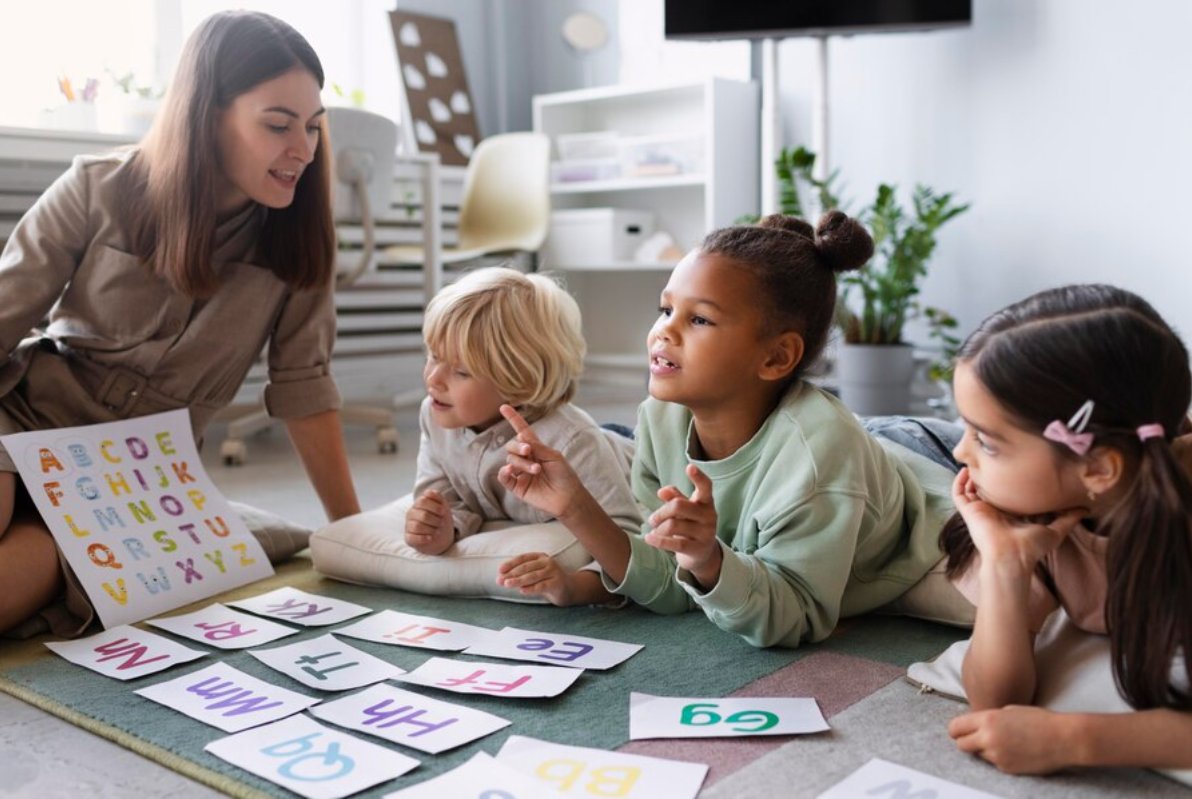In the vibrant world of early childhood education, every child is a unique learner, embarking on their educational journey with distinct learning styles and preferences. As educators and caregivers, it’s our responsibility to create an inclusive environment that embraces this diversity and nurtures each child’s potential to the fullest. At Petite School House, we understand the importance of recognizing and accommodating diverse learning styles in preschoolers, ensuring a well-rounded educational experience for every child.
- Visual Learners:
Some children thrive through visual stimuli. They learn best through pictures, diagrams, and visual aids that help them grasp concepts and ideas more effectively. In our classrooms at Petite School House, we integrate colorful charts, educational posters, and multimedia resources to cater to the needs of visual learners. By incorporating visual elements into our teaching methods, we enhance comprehension and engagement, making learning a captivating experience for our young learners.
- Auditory Learners:
For other children, auditory learning is critical to understanding the world around them. These learners absorb information through listening, speaking, and auditory cues. At Petite School House, our educators incorporate storytelling, music, and interactive discussions into daily activities to cater to auditory learners. Through rhythmic chants, songs, and storytelling sessions, we create an auditory-rich environment that fosters language development and cognitive skills.
- Kinesthetic/Tactile Learners:
Then there are the hands-on learners, who thrive through physical experiences and tactile sensations. These active learners learn best by touching, feeling, and manipulating objects. Our curriculum at Petite School House emphasizes experiential learning through sensory play, hands-on activities, and outdoor exploration. From sensory bins to building blocks, we provide ample opportunities for kinesthetic learners to engage their senses and enhance their understanding of the world.
- Social Learners:
Social interaction is crucial in early childhood development. Social learners thrive in group settings, where they can collaborate, communicate, and learn from their peers. At Petite School House, we foster a collaborative learning environment where children can interact, share ideas, and work on projects. Through group activities, cooperative games, and peer-to-peer interactions, we encourage social learners to develop essential interpersonal skills and build lasting friendships.
- Independent Learners:
Conversely, some children excel in independent learning environments, where they can explore and discover at their own pace. Our educators at Petite School House recognize the importance of autonomy and self-directed learning. We provide ample opportunities for independent exploration through open-ended activities, choice-based learning centers, and guided discovery. By nurturing independence and self-confidence, we empower children to take ownership of their learning journey.
At Petite School House, we celebrate diversity and individuality, recognizing that every child has unique strengths, interests, and learning styles. By embracing this diversity and tailoring our approach to meet the needs of each child, we ensure that every child receives the support and guidance they need to thrive. Join us at Petite School House as we embark on a journey of discovery, exploration, and learning, where every child’s potential is unlocked and celebrated.
In conclusion, early childhood education is not a one-size-fits-all approach. By embracing diverse learning styles and adapting our teaching methods, we create an inclusive environment where every child can flourish. At Petite School House, we are committed to providing high-quality early education that caters to the unique needs of every child. Visit our website today to learn more about our programs and how we can support your child’s educational journey.


